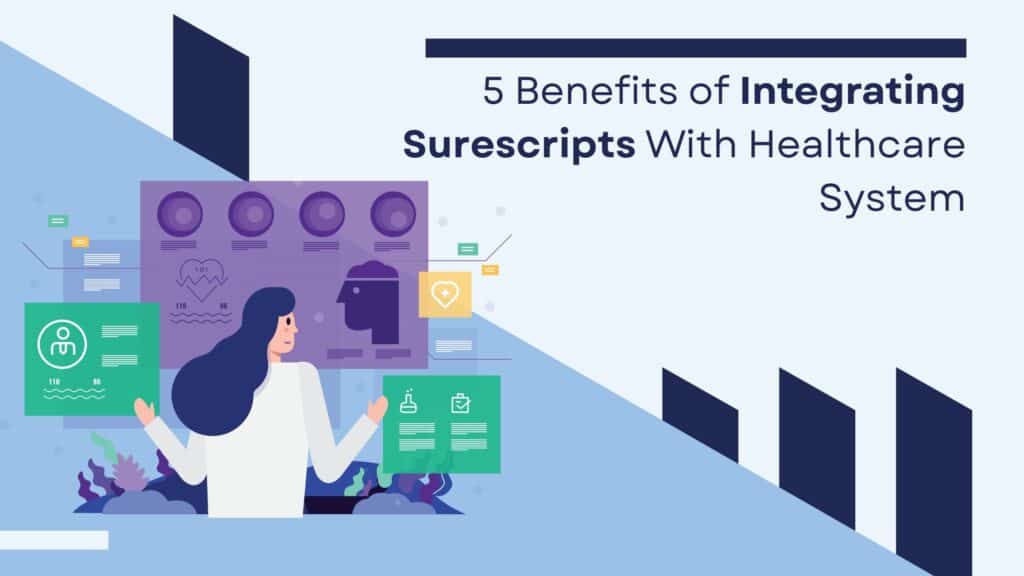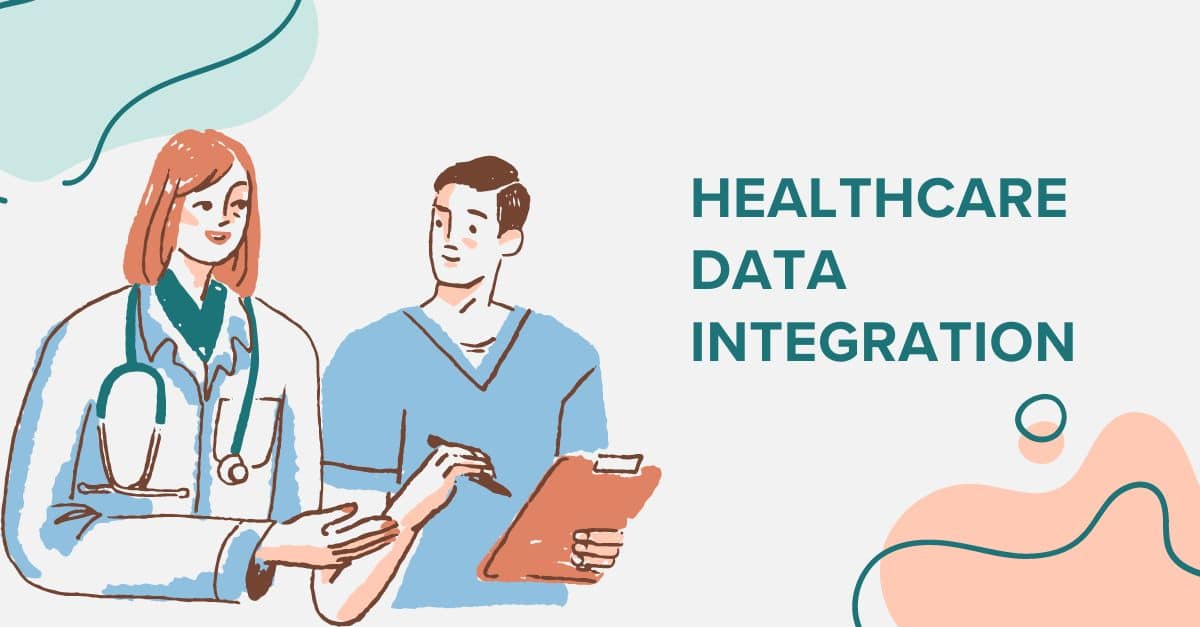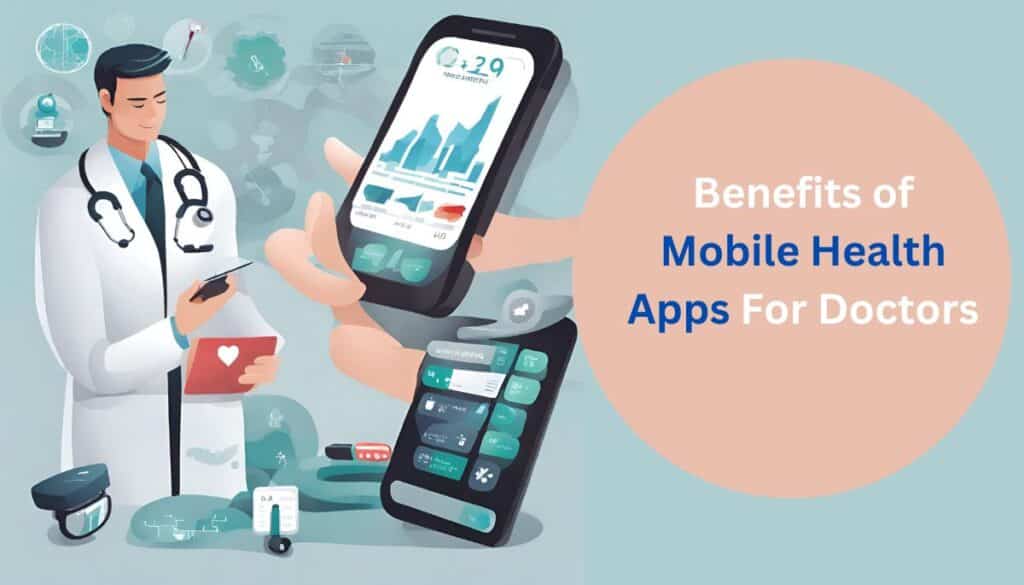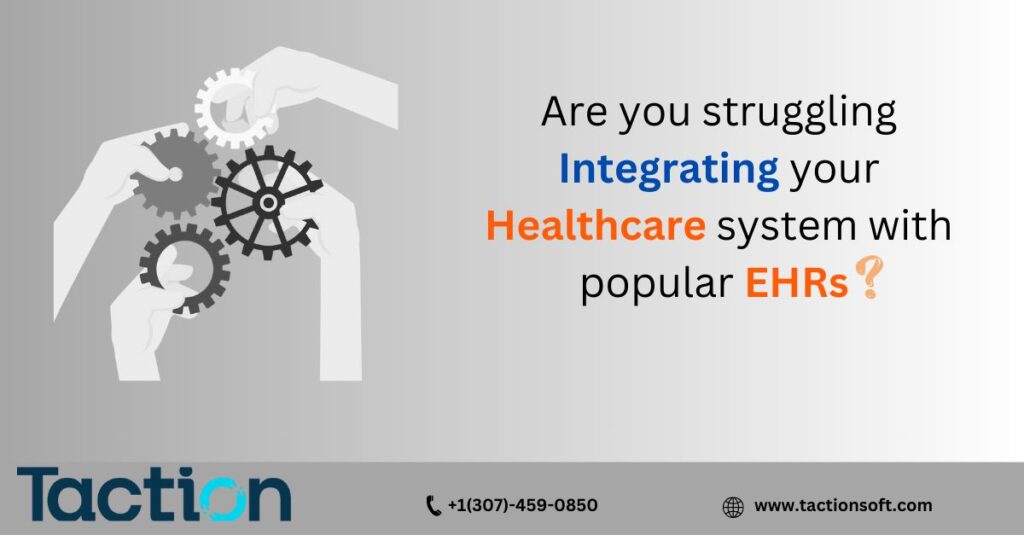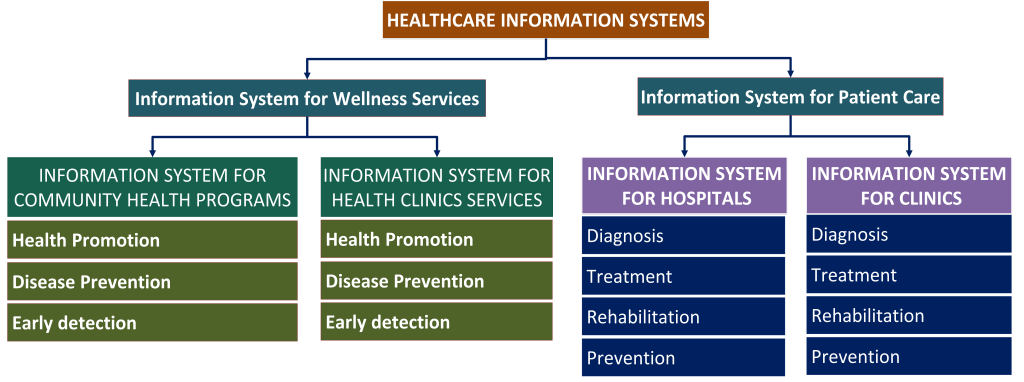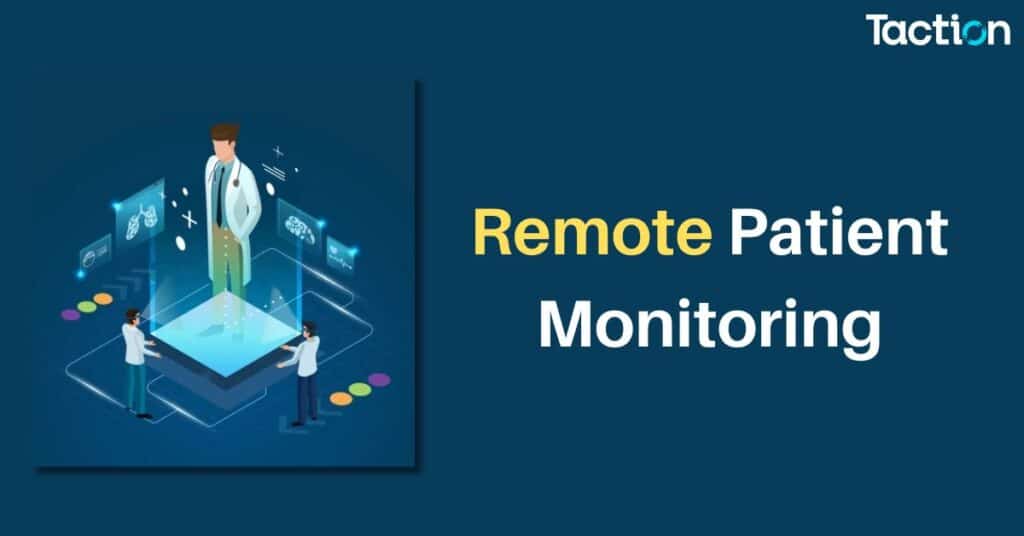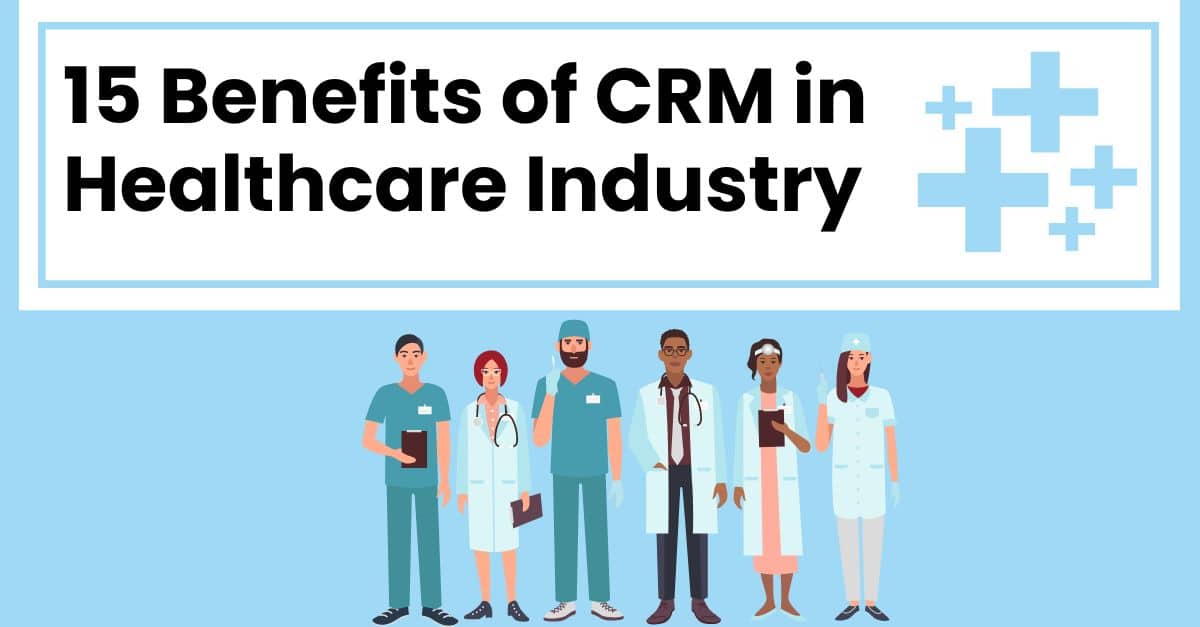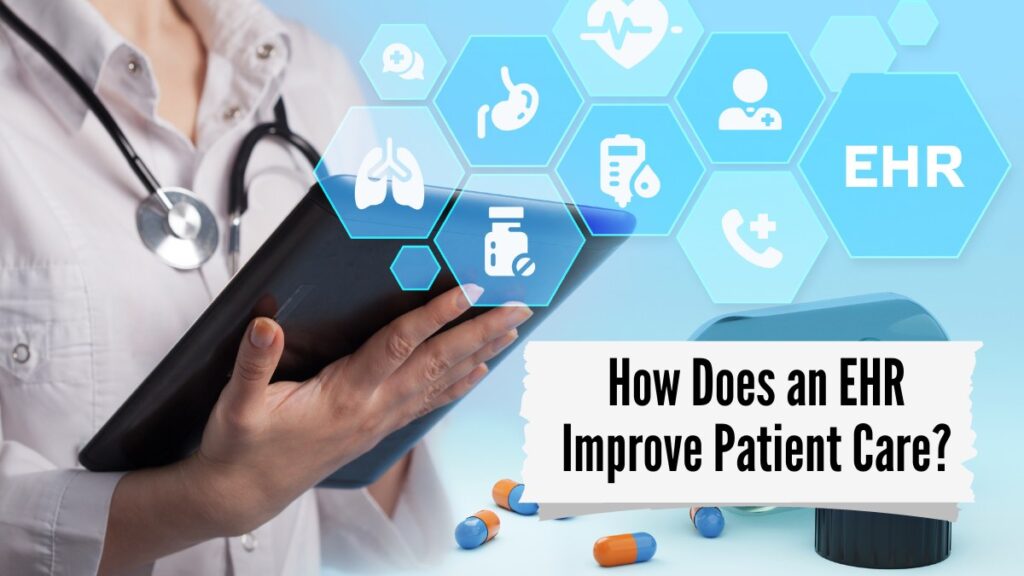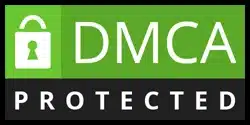5 Benefits of Integrating Surescripts With Healthcare System Surescripts is a network that connects healthcare providers, nurses and pharmacists who share patient’s Prescription data seamlessly between systems. By taking advantage of Surescripts ePrescription integration solutions for healthcare professionals can make more informed treatment decisions by using Formulary Checks as well as digital transmission of prescription leading to improved patient care outcomes. This article shares some benefits of incorporating Surescripts into electronic health record (EHR) systems. 1. Medication Affordability: Surescripts integration addresses medication affordability by giving healthcare professionals access to patient’s health plan coverage information. With this integration, providers can review a list of drugs covered by each patient’s plan to ensure affordable medication, and refillable supplies can be obtained without unexpected costs arising for either patients or providers – improving medication adherence and overall treatment outcomes. 2. Overcome Gaps in Data: Gaps in medical data can lead to medication errors and misdiagnoses that can endanger patient safety. Surescripts integration addresses this challenge by compiling patient records from various sources to provide healthcare providers access to an integrated patient medication history. This approach ensures that healthcare providers have all the information needed for making informed decisions regarding treatments and care, regardless of where their data resides. 3. Lower Duplications: Repetitive data entries of healthcare services like tests and prescriptions waste resources while increasing healthcare costs. Surescripts integration reduces duplication by connecting healthcare stakeholders nationwide, such as providers, nurses, pharmacists and caregivers – allowing them to transmit ePrescriptions along with Formulary checks enabling better care for patients. Providers, patients and payers reap the benefits of increased efficiency and cost savings from Surescripts integration. 4. Surescripts E-Prescription Solutions: Surescripts’ flagship product, ePrescription solutions, has revolutionized the prescription process by eliminating paper prescriptions. By integrating Surescripts into EHR systems, providers can electronically transmit prescriptions directly to pharmacists without risking loss of prescriptions or illegible prescriptions. This approach increases convenience while simultaneously decreasing manual errors and fraud potential. Furthermore, electronic prescriptions allow healthcare professionals to gain access to patient medical history, which facilitates better treatment decisions while mitigating concerns regarding controlled substance distribution. 5. Surescripts Integration for Telehealth: Telehealth has revolutionized how medical services are delivered remotely. Integrating Surescripts solutions into telehealth enables providers to offer virtual consultations and prescribe medications electronically. Integrating electronic prescription software enables healthcare professionals to access patient’s medication history during telehealth visits, enabling them to make informed prescription decisions. Not only does this integration enhances remote care, but can also prevent prescription drug misuse or abuse. As the healthcare industry adopts innovative technologies, seamless sharing of patient data becomes paramount to providing high-quality care. Surescripts integration offers an effective solution to address these fragmented data systems. By incorporating it into EHR platforms, healthcare providers can benefit from increased medication affordability, reduced duplications, improved prescription accuracy and leverage telehealth capabilities. These advantages of Surescripts integration contribute to improved patient outcomes, cost savings, and effective management of prescription medications. Embracing of Surescripts integration by Healthcare organizations makes adaptation to be quick in an ever-evolving environment while offering optimal and cost effective patient care.
Why Is Healthcare Data Integration Important? A Comprehensive Guide A key component of the healthcare industry’s digital revolution is healthcare data integration. A thorough manual for comprehending and putting into practice efficient healthcare data integration techniques is provided by Taction Software. We examine the growth in data sources, important use cases, difficulties, and optimal procedures for smooth healthcare data integration in this blog article. Healthcare organizations generate vast amounts of data from diverse sources, including Electronic Health Records (EHRs), telemedicine, insurance systems, and more. Healthcare Data Integration Use Cases Patient-360 View: The rise of technology in the healthcare sector depends extensively on the integration of healthcare data.A thorough manual for comprehending and putting into practice efficient healthcare data integration techniques is provided by Taction Software. We examine the growth in data sources, important use cases, difficulties, and optimal procedures for smooth healthcare data integration in this blog article. Crisis Response: Particularly given the nature of the Covid-19 outbreak, the blog emphasises the importance of integrating health information in crisis response. Taction Software highlights that healthcare organisations can follow the spread of the virus, identify at-risk groups, plan vaccine distribution, and efficiently coordinate when they have access to unified, high-quality data. Fraud Detection: The significance of having a single source of truth is emphasised by Taction Software in identifying and stopping fraudulent activity in the healthcare industry. Healthcare businesses are able to detect identity fraud, service-level fraud, and insurance-level deception by utilising data mining techniques on integrated data. Data Integration Challenges in Healthcare: Data Silos and Lack of Interoperability: Taction Software draws attention to the widespread problem of data silos in the medical field, especially when there are compatibility between several EHR/EMR systems. Older systems make it harder to integrate with more recent cloud-based systems, which prevents interoperability. Lack of Standardization: The blog highlights the problem of inconsistent data, which can result in redundant entries, malfunctioning systems, and false conclusions. Taction Software highlights how the various data formats used by healthcare providers have an impact on information integration and reusability. Data Privacy and Security: Taction Software addresses the significant data privacy and security challenges in healthcare data integration. With patient health information being highly sensitive, strict measures are essential to protect against unauthorized access and data breaches. Best Practices for Seamless Healthcare Data Integration: Switch to a Cloud Data Warehouse: We recommends adopting cloud data warehouses like Amazon Redshift and Snowflake for handling high data volumes and variety. These platforms offer powerful computing capabilities, scalability, and unlimited storage capacity. Identify Data Sources: The blog emphasizes the importance of identifying critical data sources, including EHR systems, for successful data integration. Taction Software advises healthcare providers to document internal and external data sources. Implement Standards such as FHIR and HL7: Taction Software advocates for using industry standards like Fast Healthcare Interoperability Resources (FHIR) and Health Level Seven International (HL7) to facilitate clinical data integration. These standards provide a common language for data exchange. Prioritize Data Privacy and Security: Taction Software stresses the need for robust security protocols and regular audits to ensure compliance with data privacy laws such as HIPAA and GDPR. In conclusion, Taction Software‘s comprehensive guide highlights the transformative impact of healthcare data integration. By addressing challenges and implementing best practices, healthcare organizations can unlock valuable insights, improve patient care, and stay at the forefront of the evolving healthcare landscape.
Healthcare providers or Doctors are considering mobile apps to offer supreme services across boundaries. Mhealth Apps helps doctors to increase productivity and save more patients life in less amount of time. Today, in this article I’m sharing 7 Benefits of Mobile Health Apps For Doctors.
Struggling to Integrate Your Healthcare System with Popular EHRs? In the fast-paced healthcare industry, the efficient exchange of patient information is vital. Electronic Health Records (EHRs) have transformed how healthcare professionals manage patient data. But, integrating EHRs into existing systems while maintaining regulatory compliance can pose a formidable challenge. If you’re grappling with EHR integration costs, complexity, and workflow disruptions, we offer the Industries best solutions. With over a decade of experience in healthcare integrations using Mirth Connect and more than 1000 integration points for 80+ Medical Billing and other healthcare companies, we are your go-to partner for achieving HIPAA-compliant HL7/FHIR integrations. Navigating Regulatory Compliance with Ease The healthcare industry is regulated, with the Health Insurance Portability and Accountability Act (HIPAA) being a critical framework. Achieving HIPAA compliance while integrating EHRs can be daunting, but our team is well-versed in healthcare regulations. We ensure that your EHR integration is not only efficient but also compliant with all relevant standards, providing peace of mind in a complex regulatory landscape. Seamless Data Exchange through HL7 and FHIR Standards Is inconsistent adoption of HL7 and Fast Healthcare Interoperability Resources (FHIR) standards causing data exchange difficulties? Inconsistent standards can lead to data exchange challenges, hindering the effective use of EHRs. Our team’s expertise in HL7 and FHIR standards ensures that your EHR integrations operate , promoting efficient communication between systems. Minimizing Workflow Disruptions and Resistance Do EHR integrations cause workflow disruptions and resistance among healthcare professionals adapting to new processes? Adapting to new processes can be challenging for healthcare professionals, leading to workflow disruptions. Our integration process is designed to cut these disruptions and ensure a smooth transition. We work with your team to understand your workflow and tailor our solutions to fit into your existing processes. Benefits of EHR Integration 1. Improved Patient Care: EHR integration facilitates comprehensive access to patient records, enabling healthcare providers to make well-informed decisions and deliver personalized care. 2. Enhanced Efficiency: Streamlining administrative tasks and automating processes through EHR integration increases the overall efficiency of healthcare delivery, reducing the time spent on paperwork and repetitive tasks. 3. Accurate and Complete Information: Integrated EHR systems ensure that all patient data is accurately recorded and easily accessible, minimizing the risk of errors and improving the quality of care. 4. Better Coordination of Care: EHR integration allows for seamless communication and data sharing among different healthcare providers, promoting better coordination and continuity of care for patients with complex medical needs. 5. Cost Savings: By reducing paperwork, eliminating redundant tests, and minimizing errors, EHR integration can help lower operational costs and improve resource utilization within the healthcare system. 6. Patient Engagement: Integrated EHR systems often include patient portals, empowering patients to access their health records, communicate with healthcare providers, and actively participate in their own care management. 7. Data Security and Privacy: EHR integration ensures that patient data is securely stored and can be accessed only by authorized personnel, thereby maintaining patient privacy and adhering to regulatory compliance standards. 8. Real-Time Information: Integrating EHR with healthcare systems enables instant access to real-time patient information, allowing healthcare providers to make timely decisions and provide immediate care as needed. 9Advanced Analytics and Reporting: Integrated EHR systems provide valuable insights through data analytics, enabling healthcare providers to identify trends, track patient outcomes, and make data-driven decisions for improved patient care. 10. Interoperability with Other Systems: EHR integration enhances interoperability with other healthcare systems and medical devices, fostering seamless data exchange and communication among different healthcare providers and institutions. Contact us to learn more about how we can help you achieve a seamless, cost-effective, and compliant EHR integration that will benefit your healthcare organization and, most , your patients. Our commitment to making healthcare systems work together ensures that you can focus on what matters most: delivering high-quality care to those in need. Say hello to get some cast studies info@tactionsoft.com
Hospital Information System (HIS) development companies play a pivotal role in providing innovative solutions that streamline hospital operations.
Remote Patient Monitoring (RPM)- Benefits and Work Process What could be better than tracking your health without visiting a doctor? RPM is a super smart technology that lets you do so. This means you won’t have to be physically present in a clinic to check your health. Evidently, RPM is beneficial for both patients and healthcare providers. Let’s talk about RPM, its working process, and its benefits in detail in this blog. What is Remote Patient Monitoring (RPM)? Remote Patient Monitoring (RPM) isn’t a brand-new way of taking care of people, but it’s changing quickly, mainly because of COVID-19. This means there’s a stronger push to make sure more people can get the care they need, no matter where they are. RPM uses special electronic tools that connect to keep track of your health information. This information gets sent to a healthcare provider who isn’t in the same place as you. They look at this info to see how you’re doing. Sometimes they check it right away, and sometimes a bit later. RPM is getting more popular for all sorts of health problems, like diabetes, high blood pressure, and even COVID-19. Important rules from a government agency called the Centers for Medicare and Medicaid Services are making RPM even more common. This shows that RPM is becoming a big part of how care is given. What’s The Main Deal With RPM? RPM can help with long-term and short-term problems. Suppose you have a condition that needs regular check-ups, like diabetes. Remote patient monitoring software lets your doctor keep an eye on you between your visits. They get to see if anything needs to change to make you healthier. This works for other ongoing problems like heart issues, asthma, and mental health conditions. It’s also useful for long COVID, which is when people have lasting symptoms after getting better from COVID-19. Different tools like scales, heart rate monitors, and blood pressure gadgets are used to do RPM. There are even special tools for diseases like dementia and Parkinson’s. Some people also use wearable devices that you can wear, like smartwatches or gadgets that track your blood sugar. People really like wearables, and it’s estimated that a lot of them will be used around the world. In 2022, about 320 million of these health devices might be used, and by 2024, it could be as many as 440 million. But RPM isn’t just for long-term problems. It can also help with urgent situations. Some hospitals are letting patients get treated at home using RPM. This includes things like tests and treatments you’d normally get in the hospital. Even though you’re at home, a team of healthcare folks keeps checking your health numbers and talks to you over video to make sure you’re okay. Even after you leave the hospital, RPM can still help. Let’s say you had a surgery and went back home. Get a Free Remote Patient Monitoring Software Consultation How Does Remote Patient Monitoring Work? Remote Patient Monitoring is a way for doctors to keep track of your health using technology while you’re at home. Here’s a step-by-step explanation of how it works: Step 1: Collection It all starts with a device that’s set up at your home. This device collects information about your health, like your heart rate, blood pressure, and other important details. Think of it as a digital health check-up. The device does this on a regular basis, and the data it gathers is important for your doctor. Step 2: Transmission Once the device has collected your health data, it’s time to send that information to your doctor. This is done using technology like the internet, your phone, or other communication methods. The data is sent securely so that only your doctor can see it. Step 3: Evaluation When your doctor receives the data, they take a close look at it. They might use special remote patient monitoring software to analyze the information and spot any unusual or concerning patterns. They compare this data to what’s normal for you and your health condition. Step 4: Notification If something in the data raises a red flag, your doctor will be alerted. They’ll decide if immediate action is needed. For example, if your heart rate suddenly goes too high or too low, the doctor will know and can take steps to help you. Step 5: Action If the situation is serious, your doctor might send help right away. They could contact emergency responders to come to your location. This rapid response can be crucial in critical situations. Step 6: Communication Even if there’s no urgent issue, your doctor might still reach out to you. They could give you advice based on the data they’ve seen. This might involve changes to your medications, daily routines, or other aspects of your health management. Types of RPM Devices Here are seven common RPM devices: Bluetooth Blood Pressure Cuffs These are like regular blood pressure cuffs which send your blood pressure info to your doctor in real-time. This helps manage things like high blood pressure, diabetes, and heart problems. Glucometer This little device checks your blood sugar levels with just a tiny drop of blood. It tells your doctor how your diabetes is. Therefore, it helps you adjust your treatment plan based on your eating, exercise, and more. Pulse Oximeter This small clip goes on your finger or earlobe to measure how much oxygen is in your blood. It’s painless and helps doctors see if your heart and lungs are working well. It’s really useful for people with heart or lung issues, as well as those who might have COVID-19, asthma, or pneumonia. ECG + Digital Stethoscope Doctors use these to check your heart and lungs. New devices like the Eko DUO combine both tools and send the readings to your doctor. This helps them catch any problems early, even if you’re at home. Wearables (Activity Tracking and Continuous Monitoring) Wearables are devices you wear on your body, like Fitbits or SmartWatches.
HL7 and FHIR protocols are significant terms in healthcare technology. These technical jargons might sound a bit confusing, but FHIR vs Hl7 have a really important job in making sure our healthcare apps and systems can work together smoothly.
If you are also wondering why need CRM in healthcare Industry?, what is Benefits of healthcare CRM? which is the top CRM development company? then this article is going to answer all your questions. In the emerging market of healthcare today, integration of technology has become essential to provide efficient and patient centric services. One such innovation that has gained popularity in recent years is Healthcare Customer Relationship Management (CRM) software. CRM is used extensively in the healthcare industry, as the benefits of healthcare CRM are many. CRM technology is used to optimize patient experiences, streamline hospital operations. Additionally it is designed to enhance communication among healthcare providers, patients and medical organizations. If we talk about top CRM development company, then in this article we are going to give detailed information about that too. Seeing the benefits of healthcare CRM, hospitals and other healthcare organizations use these companies to streamline their operations. Furthermore, healthcare providers use CRM software to strengthen their relationships and expand their presence in the market. What is CRM ? Customer Relationship Management or CRM is a multifunctional software. CRM is used by hospitals to effectively manage and analyze interactions and data throughout the customer lifecycle. Benefits of healthcare CRM are many, mainly healthcare companies use it to help patients and to add new patients. The primary objective of crm for medical company is to enhance customer service relationships, assist in customer retention and drive sales growth. CRM softwares integrate customer data from various communication platforms, including website, telephone, live chat, email, direct mail and social media platforms. Benefits of healthcare CRM provides benefits such as empowering customer-facing teams with comprehensive customer insights, purchase history, personal details and preferences. The benefits of CRM range from better customer support and trend recognition to automating sales and support processes. 15 Benefits of healthcare CRM includes marketing automation, sales force automation, contact center automation, geolocation technology, social media CRM, workflow automation, lead management, HRM, analytics and AI integration etc. In this article, we will give you all detail about 15 Benefits of healthcare CRM. 15 Benefits of CRM in healthcare Industry 1.Improved Patient Experience: CRM softwares improves patient experience by providing care related facilities. There are many benefits to using CRM in healthcare industry, using CRM software benefits both hospitals and patients by reducing waiting times, providing quick access to patient profile and medical histories. The use of CRM accelerates diagnosis and treatment, leading to improve patient satisfaction. Especially, the Benefits of healthcare CRM is that CRM systems give patients instant access to treatment by facilitating appointment reminders and medication schedules, while ensuring seamless care continuity. In addition, CRM platforms manage patient information, eliminate records chaos, and increase administrative efficiency. 2.Effective Appointment Management: Another benefit of healthcare CRM is that CRM software prevents conflicts with patients regarding patient appointments and drug schedules and fixes appointments for only one patient at a time. CRM software helps in monitoring the health of patients more effectively by fixing proper schedules. This allows healthcare providers to remind patients of upcoming medical checkups or medication schedules. 3.Enhanced Patient Information Management: CRM systems help healthcare organizations manage patient information efficiently. CRM softwares provide an organized and easy way to record patient data. This feature of CRM software in large hospitals minimizes the risk of data loss. Healthcare CRMs provide tools to analyze information, which helps doctors determine the health status of patients. 4.Optimized Business Processes: CRM solutions are pivotal in streamlining healthcare operations and enhancing administrative efficiency. The benefits of Healthcare CRM is that you can optimize the internal process by using it. These CRM softwares play a vital role in enhancing the quality of patient care. These systems assist patients by centralizing details such as medical history, appointments and communications. Additionally these CRM software streamline tasks like appointment scheduling and communication, reducing no-shows and increasing revenue. 5.Personalized Patient Experiences: One of the benefits of Healthcare CRM is that it provides personalized patient experience by analyzing the personal data of patients, their preferences. CRM software that is data driven gives healthcare providers the flexibility to customize care services to meet the specific needs of each patient. 6.Billing and payment processing: Another benefits of a healthcare CRM is that the billing and payment processing process can be fully automated using it. It is very easy to send quotes to potential customers through pre designed templates. In addition, CRM software can be integrated with billing systems, allowing providers to view patient billing history and other data. 7.Data Security and Compliance: Healthcare Customer Relationship Management (CRM) systems play a vital role in safeguarding patient data and adhering to regulatory frameworks like the Health Insurance Portability and Accountability Act (HIPAA), which ensures the privacy and security of sensitive medical information. These CRMs employ robust encryption measures to fortify patient information whether it’s in transit or storage, thereby enhancing overall data protection strategies. 8.Comprehensive Patient Relationship Management: A blend of CRM and Patient Relationship Management (PRM) solutions synergize to overcome their individual limitations. Typically, CRM emphasizes data and communication, while PRM works to enhance patient satisfaction, loyalty, and overall experience. While CRM tools lack specialized features for channel partners, PRM provides a centralized hub with features such as content co-branding, onboarding, and automated content curation. The focused functionality of PRM serves to enhance partner interaction and user experience. 9.Improving the efficiency of healthcare: It is necessary to use CRM in the field of healthcare to work faster. With this system, medical professionals can rapidly provide information related to their disease to the concerned patients. In addition a CRM system allows patients to revisit reports, speeding up diagnosis processes. In addition the CRM system stores patients’ information which allows doctors and nurses to review necessary drug dosages. 10.Speeds up the diagnostic process: In the healthcare sector, CRM systems plays a pivotal role in expediting service delivery. medical professionals can instantly furnish prospective patients with pertinent details. For instance, harnessing the power of client databases enables the exploration of analogous cases among
At present, healthcare is experiencing an unprecedented digitization shift, and one of its most significant innovations in this regard has been Electronic Health Records (EHRs). In this post, we are discussing 10 Reasons EHR improve healthcare.

